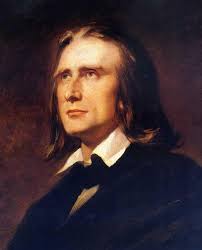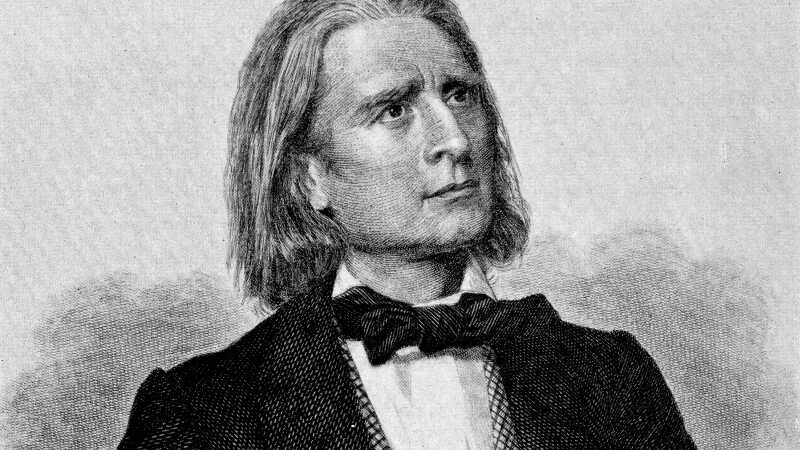Franz Liszt’s Piano Concerto in E-flat Major stands as one of the most innovative and celebrated works in the Romantic piano concerto repertoire. Composed over a span of more than two decades, this concerto reflects Liszt’s relentless pursuit of artistic perfection and his revolutionary approach to piano and orchestral writing.
Genesis and Development
Liszt began sketching the concerto as early as 1830 when he was just 19 years old. However, his demanding concert career and evolving compositional style led to numerous revisions over the years. The concerto underwent extensive reworking until it reached its final form in 1855. This prolonged development period allowed Liszt to infuse the piece with his matured artistic vision, blending virtuosic flair with structural innovation.
Premiere and Reception
The concerto premiered in Weimar on February 17, 1855, with Liszt himself as the soloist and Hector Berlioz conducting the orchestra. The performance showcased Liszt’s formidable pianistic abilities and his pioneering orchestral ideas. The initial reception was mixed, with some critics puzzled by its unconventional structure, but it quickly gained admiration for its boldness and brilliance.
Musical Structure and Innovations
Unlike traditional concertos divided into separate, clearly distinct movements, Liszt’s Piano Concerto in E-flat Major unfolds as a continuous, cohesive work. It consists of four connected sections:
- Allegro maestoso – A commanding opening with dramatic themes that recur throughout the concerto.
- Quasi adagio – A lyrical, introspective section that highlights Liszt’s melodic gift.
- Allegretto vivace – Allegro animato – A playful, scherzo-like passage featuring vibrant rhythmic interplay.
- Allegro marziale animato – A triumphant finale that revisits earlier themes with a march-like vigor.
Liszt employed a thematic transformation technique, where musical ideas are varied and reintroduced in different contexts, creating unity across the entire concerto. This approach influenced later composers like Richard Wagner and Franz Liszt’s own student, Bedřich Smetana.
Virtuosity and Orchestration
True to Liszt’s reputation as a piano virtuoso, the concerto demands exceptional technical prowess from the soloist. Rapid octaves, intricate finger work, and dynamic contrasts are hallmarks of the piano part. Yet, the orchestra is not merely an accompaniment; Liszt crafted intricate dialogues between the piano and various orchestral sections, especially the clarinet, cello, and strings, enriching the concerto’s texture.
Legacy and Influence
Over time, Liszt’s Piano Concerto in E-flat Major has become a staple of the concert repertoire, admired for its daring innovations and emotional depth. It paved the way for later Romantic concertos by composers such as Grieg, Rachmaninoff, and Tchaikovsky. The concerto remains a testament to Liszt’s genius, showcasing his ability to merge virtuosic brilliance with profound musical expression.
Today, it continues to captivate audiences worldwide, a shining example of Liszt’s enduring impact on the world of classical music.


Comments are closed